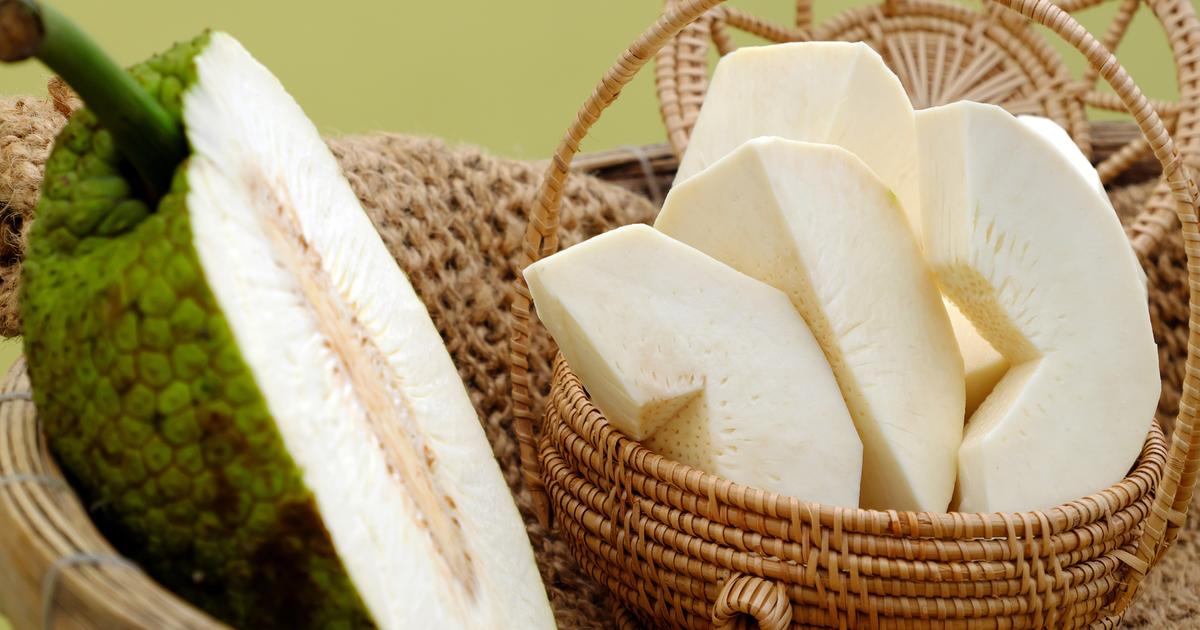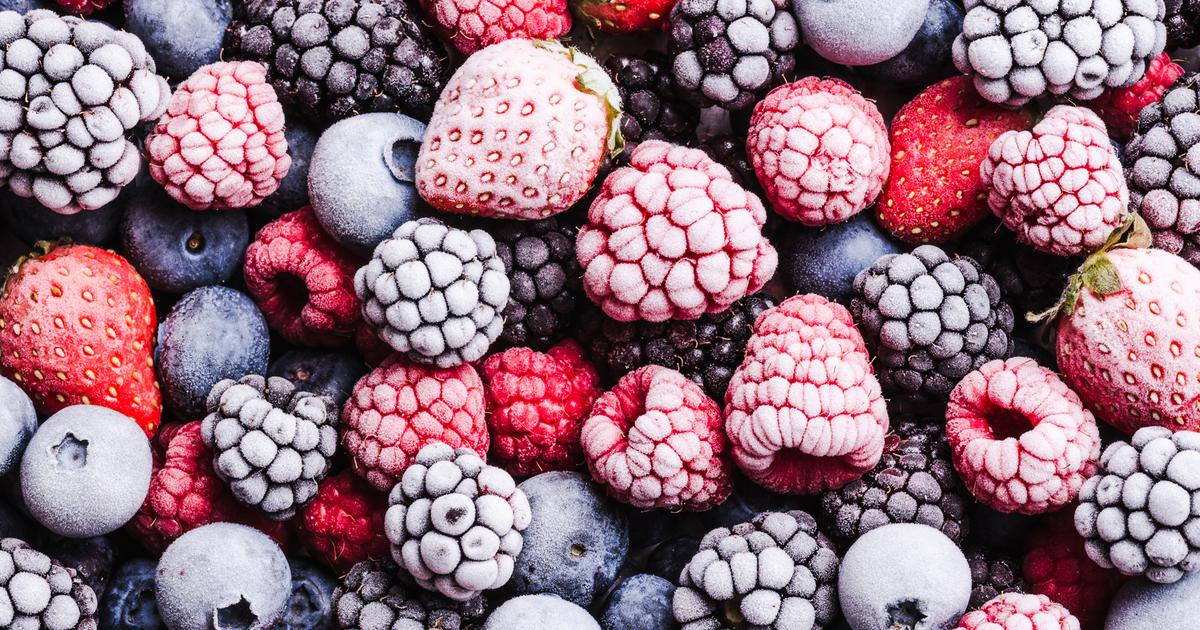How can food for emergency supplies be preserved for a long time by drying or dehydrating it?
Created: 11/30/2022, 6:30 p.m
By: Janine Napirca
Herbs, fruit, vegetables, legumes - by drying or drying, you can make the food yourself last longer and are thus prepared for a crisis.
If there should ever be a crisis in Germany - for example due to a blackout, in which supermarkets and ATMs no longer work and you have to fall back on the cash reserves at home and the food supplies - dishes that can be prepared and eaten without electricity can be quite helpful.
But first you need an emergency supply of food.
So that the food in emergency stocks lasts as long as possible and you don't have to live solely on tin cans, you can, for example, make fresh fruit and vegetables, healthy herbs and legumes or grains last longer by drying or dehydrating them.
You can dry vegetables and fruit in the oven and make them last longer for emergency supplies.
© epd/Imago
Drying or desiccation is probably one of the oldest preservation methods in which water is removed from food in order to extend its shelf life.
Due to the lack of water, bacteria die of thirst, mold doesn't stand a chance and the dried or dehydrated food lasts longer.
What is the difference between drying and dehydrating?
There is a small but subtle difference between drying and dehydrating: While drying does not require additional heat, you can also dehydrate food in the oven, for example, to make it last longer.
Although drying food in the air is more energy-efficient, it works better at higher temperatures.
In winter, you can hardly preserve food by drying it without an additional heat source, such as the oven.
What is included in disaster and crisis preparedness? From emergency supplies to independent energy supply, the crisis prevention newsletter from Merkur.de provides many tips that everyone should know.
Subscribe here!
Which foods are suitable for drying or dehydrating in order to preserve them?
You can extend the shelf life of various emergency food items by drying or dehydrating them in case of an emergency.
For example herbs and mushrooms, but also legumes such as beans, peas and lentils.
Some types of fruit can also be preserved by drying and dehydrating, such as raisins, plums and figs, but you can also make apple rings yourself.
In addition, drying or dehydrating grain makes it last longer.
The temperatures required for the process are decisive:
Food | drying temperature |
|---|---|
Herbs: | 35-52 degrees Celsius |
Vegetables and mushrooms: | 49-57 degrees Celsius |
Fruit and fruit leather: | 57-63 degrees Celsius |
Instructions: How to dry/dehydrate food for emergency supplies
Depending on the food you want to dehydrate, the procedure is a little different:
Before drying/dehydrating: The fruit and vegetables should be fresh and undamaged.
If you peel the food and blanch the vegetables beforehand, the drying process will be accelerated.
Cut the fruit or veg into even pieces (cut very thin for veggie chips).
In the case of herbs, you must pluck off the leaves before drying them.
If you dip the fruits and vegetables to be dried in a water-lemon mixture (10:1) beforehand, they will not turn brown as quickly.
Dehydrating in the oven: Place the food that you want to dehydrate to make it last longer for emergency supplies on a baking sheet lined with baking paper.
You can also fill several baking trays and use several rails in the oven.
Bake the food at the appropriate temperature (depending on the food) in convection ovens.
While vegetable chips, such as kale edamame chips, should naturally crisp up, dried fruit still has a bit of elasticity.
Make sure, however, that there are no longer any damp spots before you end the drying process.
Storing dried food: The dried or dehydrated food for emergency supplies should be protected from moisture, stored airtight or even vacuumed.
In addition, it should be rather cool and dark, such as in the basement or in the pantry.
Don't want to miss any more recipes and kitchen tricks?
Click here for the gourmet newsletter from our partner Merkur.de
Why should you dehydrate or dehydrate food for emergency supplies?
On the one hand, it is advisable to dry or dehydrate food in order to make it last longer for emergency supplies.
On the other hand, your taste buds also benefit from the preservation method.
Because the water has been removed from the food through drying or dehydration, the taste is intensified and the natural aroma can develop more concentrated.
Dehydrated foods can add new flavors to dishes such as soups, stews and risottos.
What foods should you not refreeze after defrosting?
View photo gallery
Stock up on emergency supplies: What other methods are there to make food last longer?
The shelf life of food in emergency stocks can be extended not only by dehydrating or drying.
For example, while you can make fish and meat last longer by smoking, fermenting is suitable for sauerkraut and vegetables to extend their shelf life.
Do you already know Korean Kimchi?
The fermented vegetable dish is not difficult to prepare at all.
Overview of methods for preserving food and their possible storage duration:
procedure | Food | storage duration |
|---|---|---|
drying | Dried fruit, legumes, herbs, cereals | up to one year |
fumigation | Meat fish | weeks to months |
salting | meat, meat products | some weeks |
acidify | Cucumbers, mixed pickles, fish, sweet and sour pickled fruit and vegetables | some months |
lactic acid fermentation | Sauerkraut, sour beans, pickles | some months |
pickling in alcohol | Rumtopf, fruits in alcohol | some months |
Soaking in preserving solutions | Eggs, herbs, feta cheese | weeks to months |
boil down | Fruit and vegetable juices, jams, marmalades, jellies, chutneys | up to one year |
Salt | Fish, meat, meat products | weeks to months |
Sugar | Jam, marmalade, jelly, fruit syrup, candied fruit | a few months to a year |
Cool | butter, eggs, milk, fish, meat, fruit, vegetables | one day to several months |
Freeze | Vegetables, fish, meat, fruit, baked goods, home-made meals | a few months to a year |
Source: Federal Ministry of Food and Agriculture






